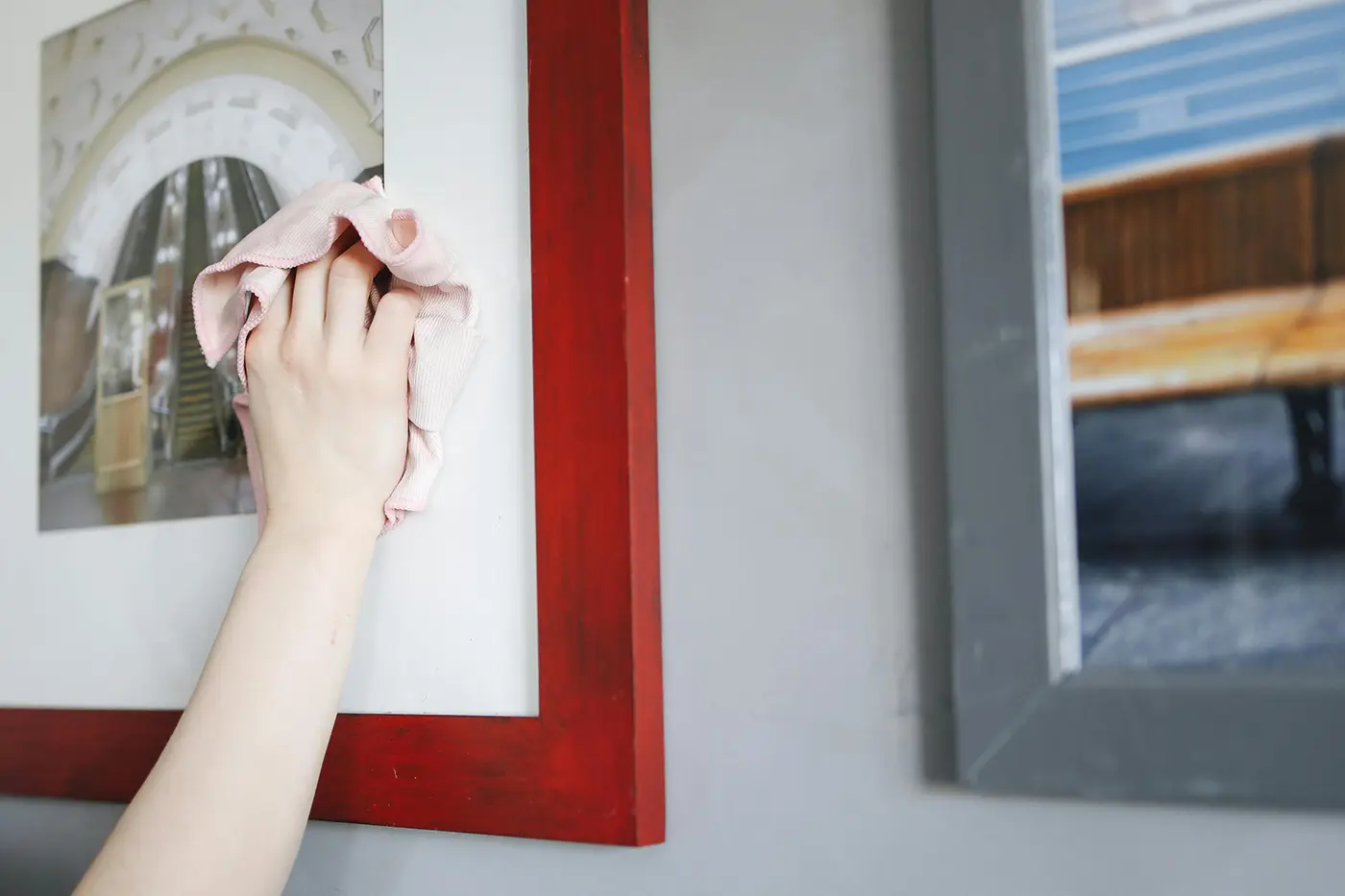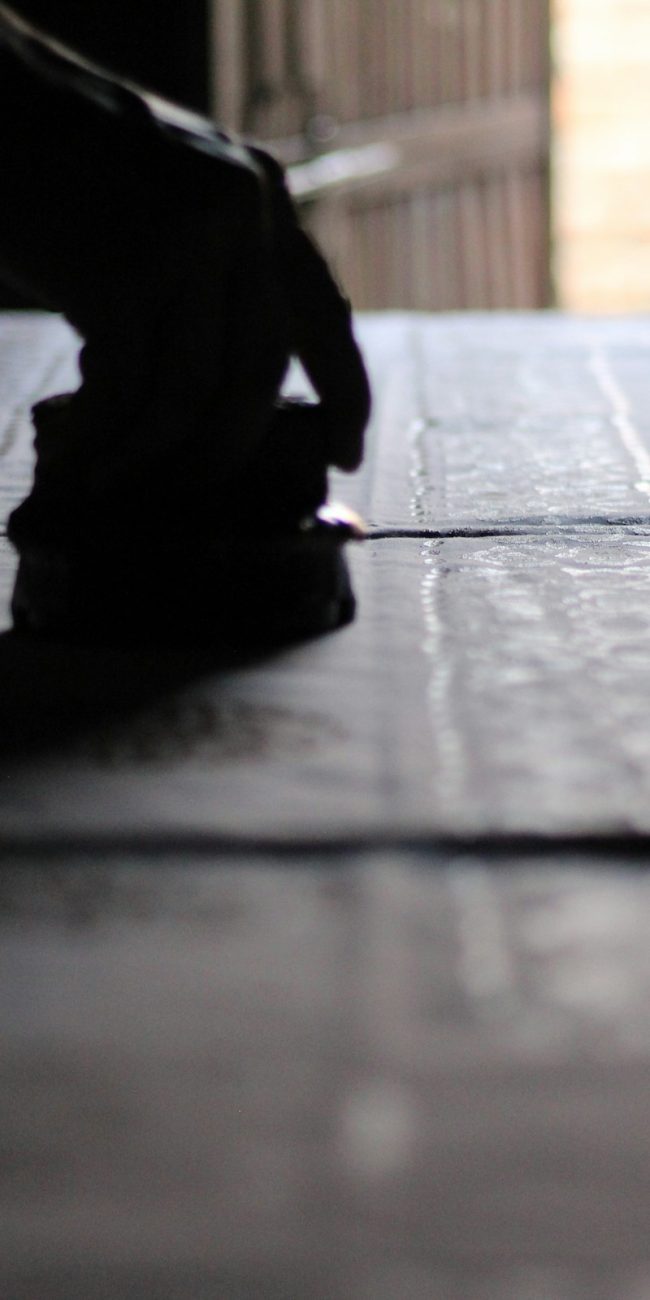
Preserving Art: Tips for Art Conservation and Care
Preserving art requires attention to detail to protect artworks from damage and deterioration over time. Whether you own a personal collection or a few meaningful pieces, following these simple steps can help maintain their beauty for years to come.
1. Protect Art from Direct Sunlight
Exposure to direct sunlight causes colors to fade over time, especially in paintings, photographs, and prints.- Hang artworks away from windows or bright light sources.
- Use UV-protective glass or acrylic frames to block harmful rays.
2. Maintain Proper Temperature and Humidity
Fluctuations in temperature and humidity can harm artworks, leading to cracking, warping, or mold growth.- Keep the temperature between 18°C to 24°C (65°F to 75°F).
- Use a dehumidifier if you live in a humid area or a humidifier during dry seasons.
- Avoid placing artworks near radiators, vents, or air conditioners.
3. Handle Art with Gloves or Clean Hands

Natural oils from your skin can damage paintings and prints.
- Wear cotton gloves when handling fragile pieces.
- If gloves aren’t available, ensure your hands are clean and dry before touching.
- Always lift artwork by the frame or edges, never by the surface.
4. Use Quality Framing and Mounting Materials
Proper framing not only enhances an artwork’s appearance but also protects it from dust, moisture, and damage.- Choose acid-free mat boards and backings to prevent discoloration.
- Ensure there’s space between the artwork and the glass using a mat or spacer.
5. Clean Art with Care

Dust accumulation can dull the surface of artworks, but cleaning should be done gently.
- Use a soft feather duster or clean, dry cloth to remove light dust.
- Avoid water, solvents, or sprays on paintings and prints.
- Consult a professional conservator for deep cleaning or restoration needs.
6. Store Art in Safe Conditions
When storing art, ensure it is in a safe environment to avoid damage from moisture or pests.- Store paper-based works in acid-free folders or tubes.
- Wrap paintings in breathable cloth like cotton, not plastic.
- Choose a cool, dark, and dry space for storage to prevent mold and fading.
7. Monitor for Pests and Pollutants
Insects such as silverfish and moths can damage artworks, especially paper-based ones.- Inspect stored artworks regularly for signs of pest damage.
- Avoid hanging art near kitchens, air vents, or open windows where smoke and dust accumulate.
8. Rotate Displays to Limit Exposure

Constant exposure to light, air, and dust can take a toll on artworks.
- Rotate your artwork displays every few months to give them “rest” periods in storage.
- This technique also allows you to refresh your living space with new pieces from your collection.
9. Seek Professional Help for Repairs
If a painting or print is damaged, avoid DIY fixes, which can cause further harm.- Contact professional art conservators for restoration and maintenance.
- They can also provide guidance on preventive care to extend the life of your artwork.
Final Thoughts
Preserving art is not just about maintaining beauty – it’s also about honoring the creativity and emotions behind each piece. By following these simple steps, you can protect your collection and ensure that future generations can enjoy it as well. Careful handling, proper environmental conditions, and regular maintenance will go a long way in keeping your artworks safe and vibrant.






